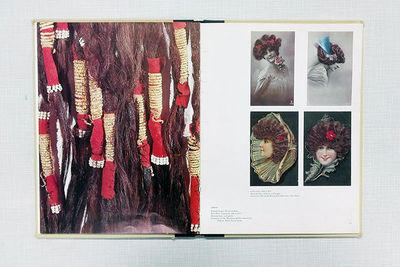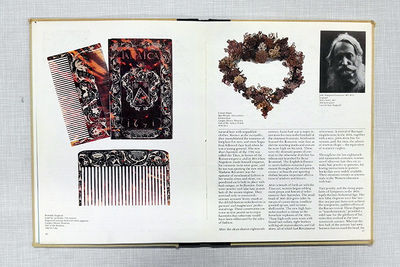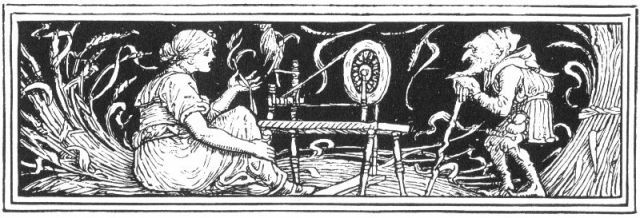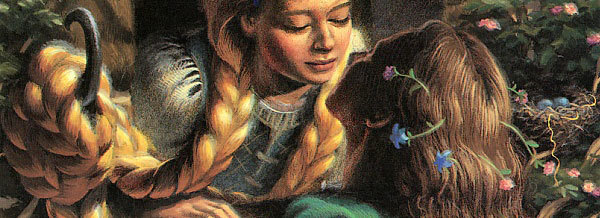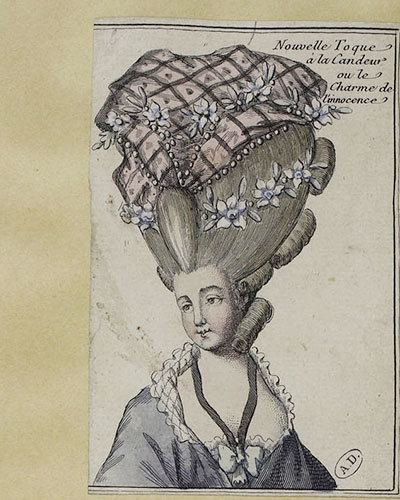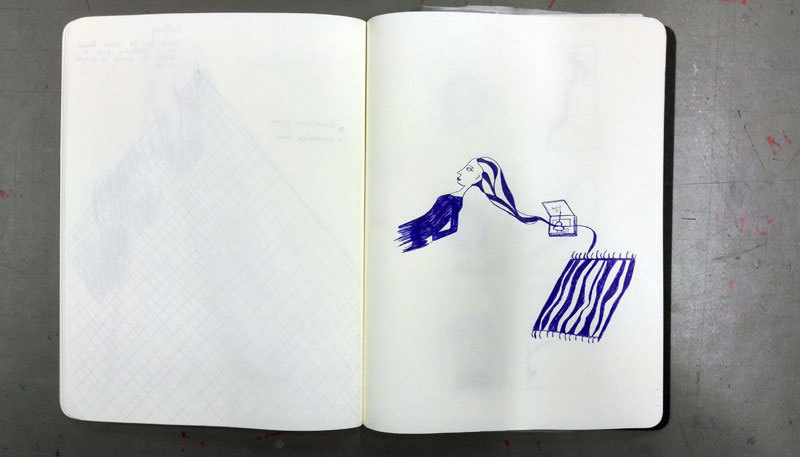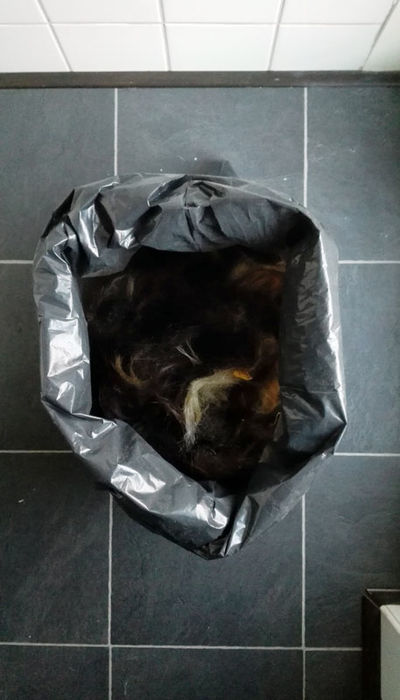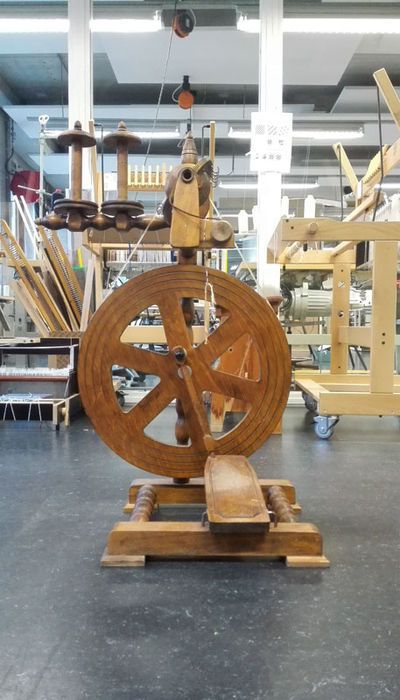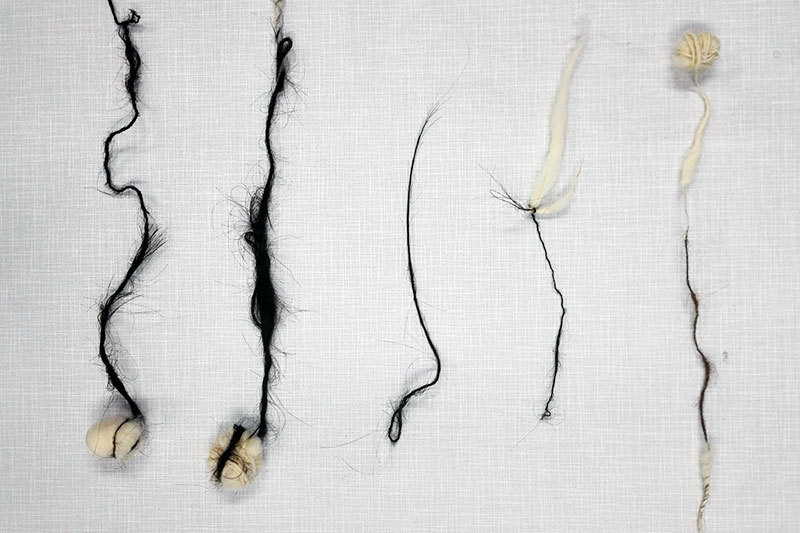Difference between revisions of "User:0862093/Joeke Tools Trade 15 16"
| Line 9: | Line 9: | ||
<br> | <br> | ||
[http://joekevanderveen.com/projects_view/process.html Examples of experiments with moving and natural materials.] | [http://joekevanderveen.com/projects_view/process.html Examples of experiments with moving and natural materials.] | ||
| − | |||
| − | |||
| − | |||
| − | |||
| − | |||
| − | |||
| − | |||
| − | |||
| − | == | + | == HAIRY TOOLS OF THE TRADE CONCEPT == |
| − | + | Human as resource.<br> | |
| − | + | Seeing ourselves as a resource for materials and production, by using 'trash' from ourselves and our life style as a source for materials to create products from. | |
<br><br> | <br><br> | ||
| − | + | Diversity: how can a tool be adapted to the personal characteristics of the human? | |
| − | + | <br> | |
| − | + | Bio: can a tool be adapted to the biological process of the human body, such as the growth cycle of hair? | |
| − | + | <br> | |
| − | + | Waste: Which materials can be used for a valuable product? And where are the limits of what people want to do for their products? | |
| − | |||
| − | |||
| − | |||
| − | |||
| − | |||
| − | |||
| − | |||
| − | |||
| − | |||
| − | |||
| − | |||
| − | |||
| − | |||
| − | + | == HAIRY RESEARCH == | |
| − | |||
| − | |||
| − | |||
| − | |||
| − | == RESEARCH | ||
Book: Hair by the Cooper-Hewitt Museum.<br> | Book: Hair by the Cooper-Hewitt Museum.<br> | ||
| Line 76: | Line 50: | ||
| − | + | Hairy bread: | |
| − | + | <br> | |
[http://www.npo.nl/keuringsdienst-van-waarde/06-02-2014/KN_1655559 Keurdienst van Waarde] | [http://www.npo.nl/keuringsdienst-van-waarde/06-02-2014/KN_1655559 Keurdienst van Waarde] | ||
<br><br> | <br><br> | ||
Mika Rottenberg | Mika Rottenberg | ||
| + | |||
| + | == HAIRY INDIA == | ||
| + | |||
| + | Exploring the role of hair in the Indian culture. | ||
<br><br> | <br><br> | ||
| − | + | The Chudakarana, a baby’s first haircut, takes place to remove the hair from birth that is associated with undesirable traits from past lives.<br> | |
| − | + | Traditionally, a Hindu girl never cuts her hair again after this ceremony. | |
| − | [ | + | |
| − | + | [[File:First haircut.jpg|800px]] | |
| − | [ | + | |
| − | + | ||
| − | + | The slow process of traditional Indian textile techniques inspired me to connect the slow growth cycle of hair to textiles and thread. | |
| − | + | ||
| − | [ | + | [[File:Venus.jpg|400px]] |
| − | + | ||
| − | + | == HAIRY SPINNING EXPERIMENTS == | |
| − | + | ||
| + | Using my 'body trash' as a resource. Everyday I find a lot of hair in my comb, waiting for the trash can.<br> | ||
| + | What if I developed a tool that will transform this into a usable material? | ||
| + | |||
| + | [[File:Hair sketch01.jpg|800px]] | ||
| + | |||
| + | |||
| + | After a tryout to spin a tread from my own hair, I went by the hairdresser to ask for a bag of hair to make more tests.<br> | ||
| + | I discovered that most of the hair was too soft to be spun in a strong thread. So I edited it with grease. | ||
| − | + | [[File:Hair bag.jpg|400px]] [[File:Hair spinningwheel.jpg|400px]] | |
| − | + | [[File:Hair threads.jpg|800px]] | |
| − | |||
| − | |||
| − | |||
Revision as of 14:36, 8 December 2015
Develop a personal tool that transforms your craft in a meaningful way. This tool needs to be relevant to your personal practice and the bigger context of your craft.
Contents
MY CRAFT
The essence of my craft is to investigate the characteristics of materials and to make use of transforming, moving characteristics of a material.
I'm moved and astonished by materials that can't be controlled, that live their own live. That's why I'm interested in Bio Design.
Examples of experiments with moving and natural materials.
HAIRY TOOLS OF THE TRADE CONCEPT
Human as resource.
Seeing ourselves as a resource for materials and production, by using 'trash' from ourselves and our life style as a source for materials to create products from.
Diversity: how can a tool be adapted to the personal characteristics of the human?
Bio: can a tool be adapted to the biological process of the human body, such as the growth cycle of hair?
Waste: Which materials can be used for a valuable product? And where are the limits of what people want to do for their products?
HAIRY RESEARCH
Book: Hair by the Cooper-Hewitt Museum.
'In the history hair design is influenced by religion, superstition, fashion, tradition and is used to
remark rebellion, sacrifice, punishment, age and sexual appeal.
Left image: postcards made with human hair. Right image: jewelry made with human hair:
Fairytales Rumpelstiltskin, about spinning gold from straw, and Rapunzel:
Hair and wigs as 'ranking':
Mythologies. Venuses' long hair is a sign of virginity.
Arachne, who was a talented weaver and spinner who was turned into a spider:
Hairy bread:
Keurdienst van Waarde
Mika Rottenberg
HAIRY INDIA
Exploring the role of hair in the Indian culture.
The Chudakarana, a baby’s first haircut, takes place to remove the hair from birth that is associated with undesirable traits from past lives.
Traditionally, a Hindu girl never cuts her hair again after this ceremony.
The slow process of traditional Indian textile techniques inspired me to connect the slow growth cycle of hair to textiles and thread.
HAIRY SPINNING EXPERIMENTS
Using my 'body trash' as a resource. Everyday I find a lot of hair in my comb, waiting for the trash can.
What if I developed a tool that will transform this into a usable material?
After a tryout to spin a tread from my own hair, I went by the hairdresser to ask for a bag of hair to make more tests.
I discovered that most of the hair was too soft to be spun in a strong thread. So I edited it with grease.
